Idrw Team
SOURCE: IDRW.ORG

The Adani Group, a prominent Indian conglomerate, is setting its sights on becoming a major player in the country’s defense sector. According to sources familiar with the developments, Adani has allocated a war chest of $2-2.5 billion for acquisitions over the next 2-3 years.
Drone technology appears to be a key area of focus. The company is reportedly zeroing in on drone tech firms in Bengaluru and Hyderabad, known for their expertise in developing drones for reconnaissance missions in hostile environments. This acquisition strategy aligns with Adani’s broader ambitions to ramp up investments in unmanned systems, small arms, and missiles. Additionally, the group plans to venture into the production of indigenous artillery guns, further bolstering India’s self-reliance in defense equipment.
Continue readingSOURCE: IDRW.ORG.

The Defence Research and Development Organisation (DRDO) is on the verge of unveiling a new weapon in its arsenal – the STAR supersonic target drone. Scheduled for testing later this year, STAR promises to revolutionize the way India trains its naval crews to combat modern anti-ship missile threats.
STAR, or Supersonic Target for Anti-Radiation, is designed to mimic the characteristics of modern anti-ship missiles. Capable of achieving speeds exceeding Mach 2.4, STAR will allow naval personnel to hone their skills in detecting and defeating these high-velocity threats.
Continue readingSOURCE: IDRW.ORG.

India’s Defence Research and Development Organisation (DRDO) has announced the successful design and development of a compact spaceborne hyperspectral imaging payload, according to industry partner Paras Defence. The payload is slated for launch by September 2024.
Hyperspectral imaging technology captures detailed information across a wide range of wavelengths, providing a more comprehensive picture compared to traditional cameras. This advanced technology has numerous applications, including earth observation, resource mapping, environmental monitoring, and disaster management.
Continue readingSOURCE: IDRW.ORG
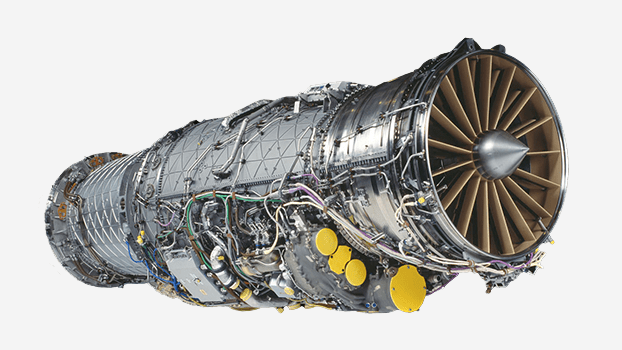
Mishra Dhatu Nigam Limited (MIDANI), an Indian state-owned company, is in discussions with Pratt & Whitney, a leading manufacturer of aircraft engines, for the potential supply of engine components.
Pratt & Whitney engines are ubiquitous in the aviation industry, powering both commercial airliners and military aircraft. While specific details regarding the components under discussion haven’t been disclosed by MIDANI due to ongoing negotiations, the potential partnership holds significant weight.
Continue readingSOURCE: IDRW.ORG
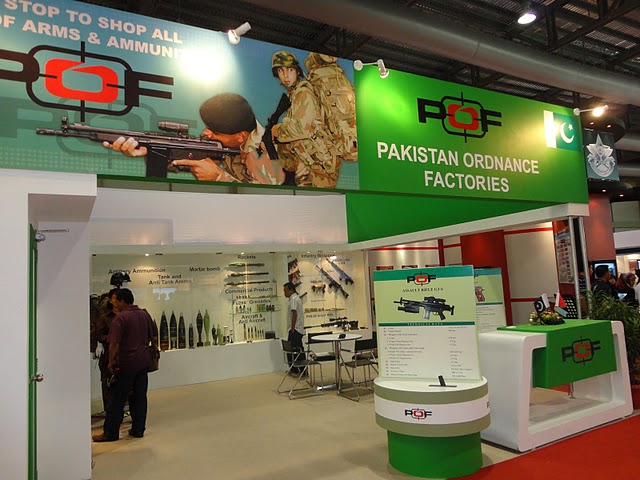
Pakistan Ordnance Factories (POF), a long-time supplier of small arms and ammunition, is facing stiff competition from India’s growing arms industry. This shift threatens POF’s market share, particularly in the Arab Gulf and Africa, where they traditionally held dominance.
For years, POF enjoyed a stable market of around $100 million annually. However, recent reports suggest a decline in sales due to concerns about ammunition quality. High rates of failure in Pakistani ammo have led traditional customers to seek alternatives.
Continue readingSOURCE: IDRW.ORG
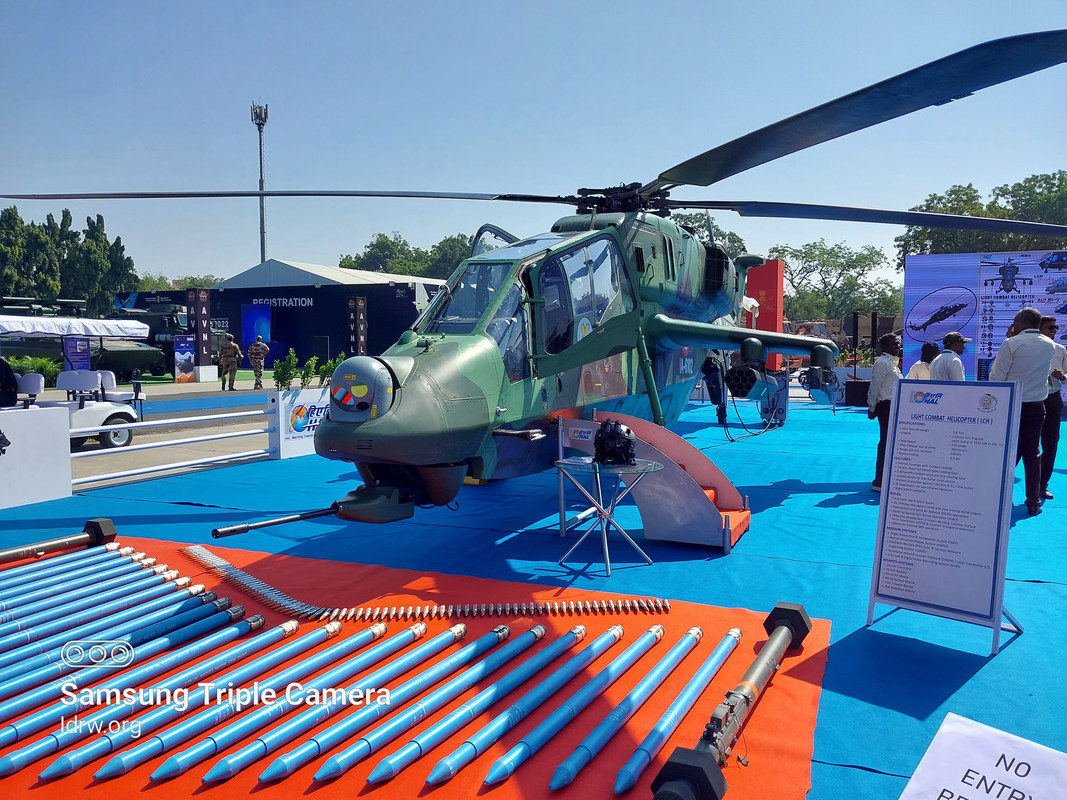
India’s state-owned Hindustan Aeronautics Limited (HAL) has confirmed receiving a Request for Proposal (RFP) from the Ministry of Defence (MoD) for the procurement of 156 Light Combat Helicopter (LCH) Prachand attack helicopters.
This significant development comes after the Indian Army raised its first attack squadron equipped with LCHs in Bangalore on June 1, 2022. The plan is to establish a total of seven squadrons, each with ten helicopters. The Indian Air Force (IAF) also formally inducted the Prachand into its fleet at the 143 Helicopter Unit at Jodhpur Air Force Station on October 3, 2022.
Continue readingSOURCE: IDRW.ORG.

By 2030-31, the Indian Air Force (IAF) will begin the phased retirement of nearly 60 Jaguar aircraft configured with the DARIN-II avionics suite. This significant transition marks the beginning of the end for these aircraft, which have been in service since the late 1970s. The retirement process will commence in 2028 as the IAF starts phasing out older batches acquired through a historic deal signed in 1978. This $1 billion agreement with SEPECAT, an Anglo-French company, facilitated the procurement of 160 Jaguars, with the first 40 delivered in a flyaway condition.
Currently, the IAF is the only operator of the Jaguar aircraft in the world. The fleet is distributed across six squadrons, with 20 fighters each, stationed in Ambala, Jamnagar, and Gorakhpur. Known for their role as “deep penetration strike aircraft,” the Jaguars have been a cornerstone of the IAF’s strategic capabilities for decades.
Continue readingSOURCE: IDRW.ORG.
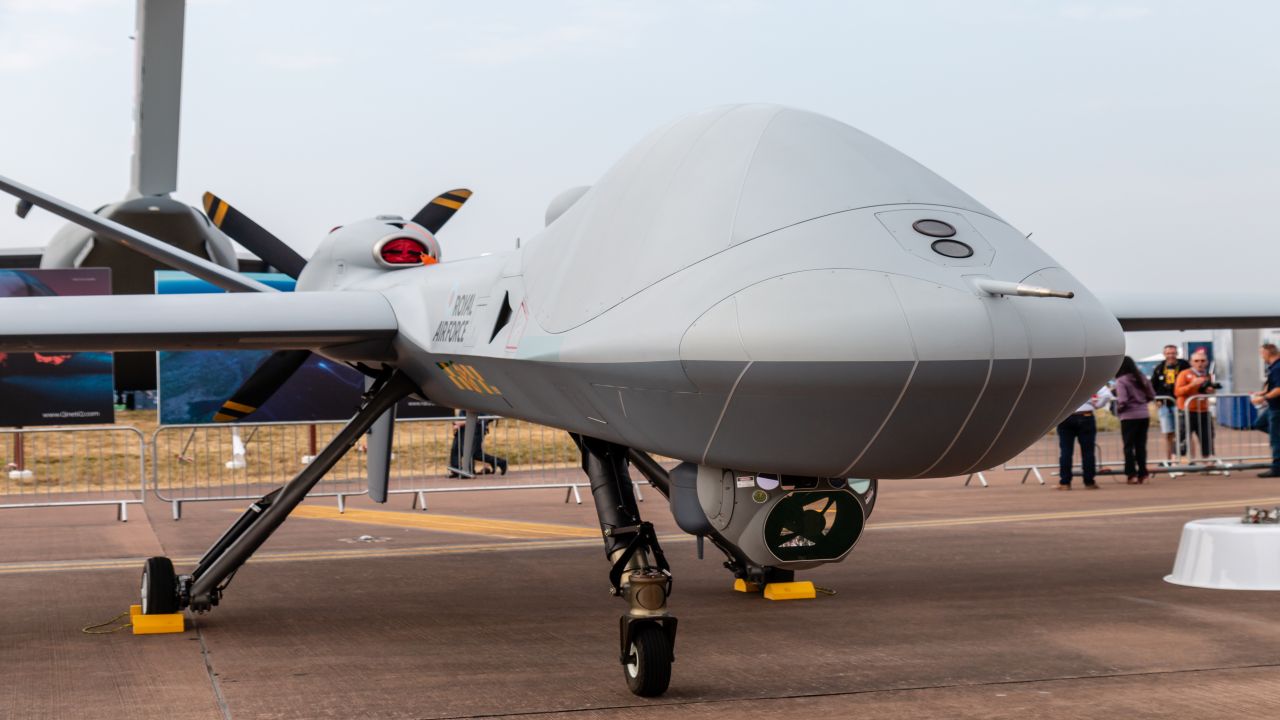
The Biden administration has taken a key step forward in finalizing a major defense deal with India. Following earlier approval, they have formally notified the US Congress of the possible sale of 31 MQ-9B armed drones to India. This notification formally initiates the congressional review process, paving the way for a final agreement later this year.
The proposed deal, estimated to be worth around $3 billion, is a significant boost to India’s defense capabilities. The MQ-9B Predator drones are known for their long-endurance flights (over 35 hours) and ability to carry a variety of weapons. This acquisition will significantly enhance India’s ability to conduct surveillance and reconnaissance missions, particularly along its disputed border with China, the Line of Actual Control (LAC).
Continue readingSOURCE: IDRW.ORG.

The Instrumentation Research & Development Establishment (IRDE), Dehradun, has successfully conducted flight trials of the Target Acquisition System (TAS) for the Man Portable Anti-Tank Guided Missile (MPATGM) at the Pokhran Field Firing Range (PFFR). The trials, held on April 12-13, 2024, demonstrated the capabilities of the TAS, along with Aerosol LiDAR and Cloud LiDAR systems (MS-3 and MS-10).
During the demonstration, users meticulously evaluated the received signals from the LiDAR systems. The performance and features of both the Aerosol LiDAR and Cloud LiDAR systems were appreciated, meeting all required specifications and proving suitable for installation and further trials at their sites.
Continue readingSOURCE: IDRW.ORG.

The Indian Army has begun receiving the long-awaited AK-203 assault rifles after a joint venture with Russia faced setbacks. The delays were attributed to the ongoing war in Ukraine and issues with payments.
According to official sources, an initial batch of 27,000 rifles has already been delivered to the Army by the Indo-Russian joint venture located at Korwa in Uttar Pradesh.
Continue readingSOURCE: IDRW.ORG

The Philippine Marine Corps (PMC) has expressed strong satisfaction with the BrahMos supersonic cruise missile system, according to sources close to BrahMos Corporation. This positive feedback encompasses not just the weapon itself, but also the training programs and facilities provided by India.
The PMC is particularly impressed with the BrahMos system’s capabilities and the comprehensive training received by Filipino personnel in India. This training ensures the PMC crew possesses the necessary skills to effectively operate and maintain the system.
Continue readingSOURCE: IDRW.ORG

In a significant development for India-U.S. defense collaboration, National Security Advisor Ajit Doval and U.S. National Security Advisor Jake Sullivan are likely to meet soon and resume discussions on the co-development of the Stryker Armoured vehicle. This move follows the commencement of Prime Minister Narendra Modi’s third term in office, marking a renewed emphasis on enhancing India’s military capabilities through international partnerships.
The co-development initiative of the Stryker armoured vehicle underscores a joint production effort, with plans to manufacture the vehicles in India. The Indian Army is set to procure 300 units, which will likely be assembled by public sector companies. However, the final decision regarding the manufacturing entities and the exact order quantity rests with the Ministry of Defence (MoD).
Continue readingSOURCE: IDRW.ORG.

The Defence Research and Development Organisation (DRDO) is taking a significant step forward in India’s indigenous missile development program by procuring propellant castings for Project KUSHA, also known as the Precision Guided Long Range Surface to Air Missile (PGLRSAM).
These propellant castings are specifically designed for the PGLRSAM missile’s dual-pulse rocket motor, designated P-1 and P-2. The dual-pulse motor provides efficient propulsion for the missile, enabling it to effectively engage aerial targets at long ranges.
Continue readingSOURCE: IDRW.ORG.
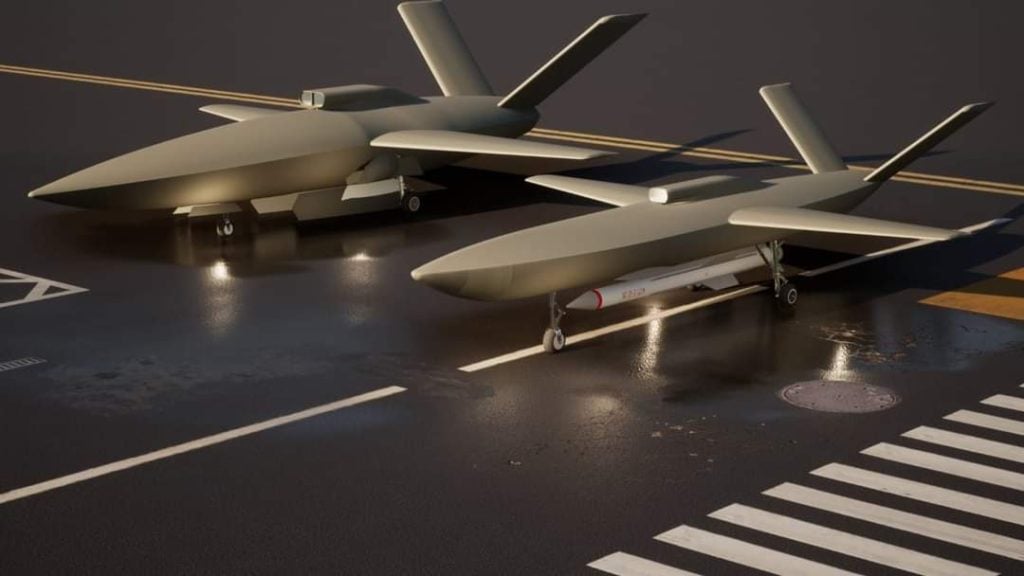
The Indian Air Force (IAF) has shown a keen interest in acquiring approximately 120 units of the CATS Warrior Loyal Wingman Unmanned Aerial Combat Vehicles (UACVs). This cutting-edge project, spearheaded by Hindustan Aeronautics Limited (HAL) in collaboration with the private sector company NewSpace Technologies, marks a significant leap in India’s defense capabilities. The potential purchase highlights the IAF’s commitment to integrating advanced technology into its fleet, enhancing its combat effectiveness and operational flexibility.
The Loyal Wingman program is a revolutionary concept in modern aerial warfare. It involves the deployment of unmanned aerial vehicles (UAVs) that work in conjunction with manned aircraft, acting as force multipliers. These UAVs, often referred to as “loyal wingmen,” are designed to support manned aircraft by performing a variety of roles, including surveillance, reconnaissance, electronic warfare, and even offensive operations.
Continue readingSOURCE: IDRW.ORG.

Hindustan Aeronautics Limited (HAL) has acknowledged a challenge in achieving its ambitious goal of 70% indigenous content for the Tejas Mk1A light combat aircraft. The current target sits at a confirmed 65%, despite ongoing efforts. This setback stems from the continued reliance on Line Replaceable Units (LRUs) sourced from abroad.
Developing these LRUs domestically remains a work in progress, and the time required for this process is likely to delay production of the Tejas Mk1A. This delay underscores the complexities involved in achieving complete self-reliance in a technologically advanced domain like fighter jet manufacturing.
Continue reading